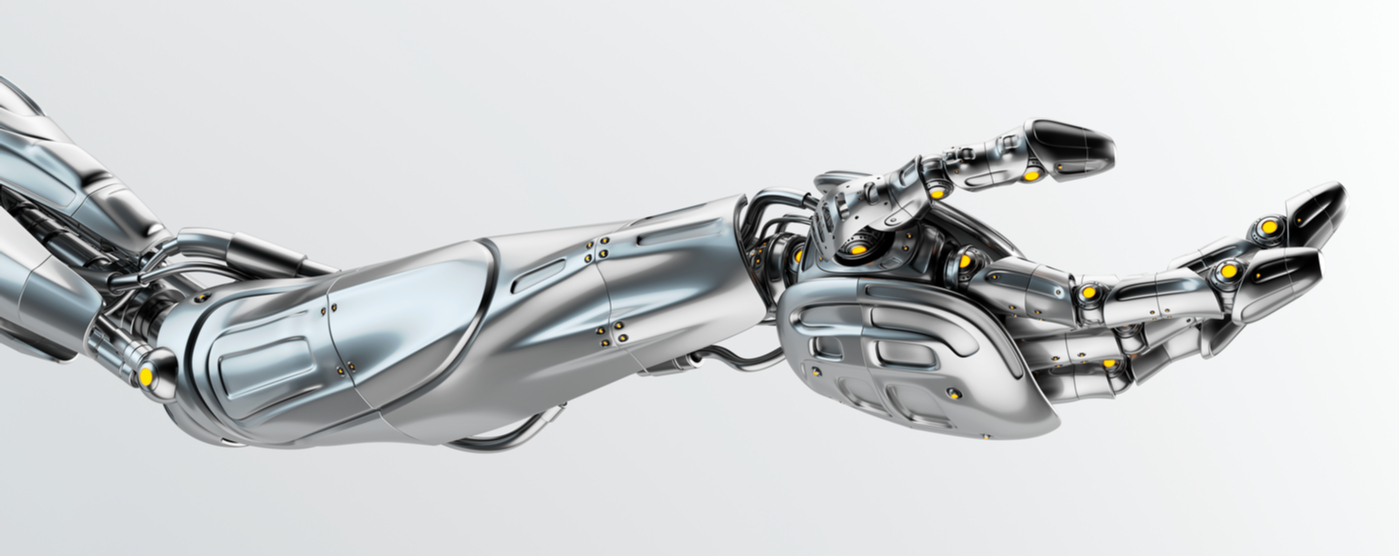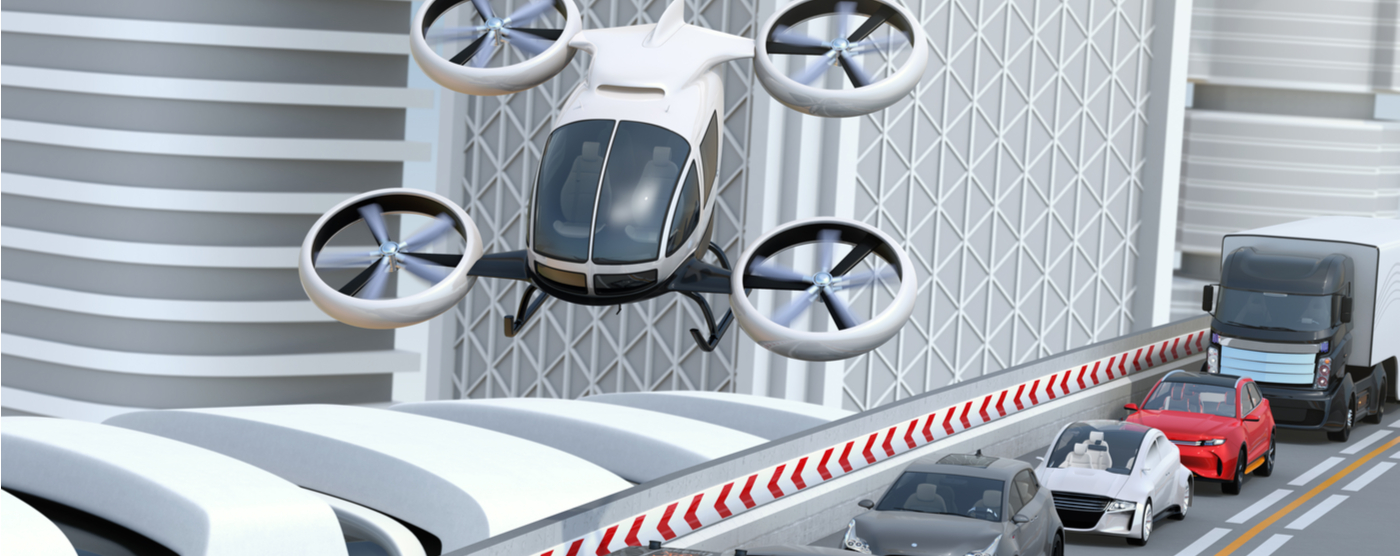How Medical 3D Printing is Advancing the Healthcare Industry

The possibility of having a 3D-printed component placed in the human body is here. Today, the advancement of 3D printing is revolutionizing the medical industry, allowing medical professionals to create patient-specific devices such as prosthetics, dental restorations and even orthopedic and cranial implants more efficiently, quickly and economically. The flexibility in this emerging technology is a true gamechanger as it makes these devices more accessible to patients.
Picture perfect
The precision and flexibility of 3D printing enables designers to customize the parts for fitting perfectly with each patient’s anatomy. The ability to create these devices quickly and efficiently for an affordable cost gives doctors and patients more healthcare options.
Here are some examples of medical 3D printing applications:
- Fully functional replacement limbs
- Hearing aides
- Orthopedic implants
- Cranial implants
- Dental implants
- Surgical instruments
- Detailed models of organs, bones and blood cells now allow doctors and nurses to study patients from all angles
- Surgical guides to provide surgeons with extreme precision
Here are some benefits of medical 3D printing:
- Customization—Parts can be shaped to perfectly fit a patient’s anatomy.
- Sterilization—Most materials used can be sterilized by steam autoclave or gamma radiation.
- Speed—Hospitals can use on-demand 3D manufacturing for quick turnaround time.
- Cost—Custom medical devices such as prosthetics and implants cost considerably less.
What is 3D printing?
The process of 3D printing involves creating three-dimensional solid objects from a digital file by laying down layers of material—one on top of the other—until the final object is created.
How the parts are made
For the medical industry, imaging processes and detailed scanning are necessary steps for the creation of 3D-printed components. First, laser scanning is used to take detailed images of the patient’s surface. Then, MRI imaging and CT scanning are performed to see cross-sectional images of bones and tissues. Once the imaging has been completed, specialized software turns the images into complete models that can be used for 3D printing.
Emerging global market
Did you know the medical industry accounts for about 13 percent of all 3D-printing revenue? The numbers get even better.
According to Technavio, a leading global market research company, the market for 3D-printing medical devices is forecasted to grow at a Compound Annual Growth Rate (CAGR) of more than 23 percent by 2023. This impressive momentum and projected growth are driven by many factors which include an increased focus on research and development to improve upon existing devices and for designing new combinations of 3D-printed medical devices.
On the horizon
As medical 3D printing continues to make its mark in the industry, scientists are in the early stages of researching a more far-reaching possibility—the manufacture of living organs such as a heart or liver using the 3D-printing process. The hope of this becoming a reality at one time in the future opens a realm of life-saving possibilities for patients around the world who may not have had a second chance at life.
Vaughn is in the game
Vaughn College is at the forefront of 3D-printing technology, thanks to a 3D-prototyping innovation center that was opened a few years ago. It is equipped with 15 3D printers and two 3D scanners which provide students with hands-on opportunities to transform their concepts into physical objects. Students in the College’s unmanned aerial vehicle (UAV) club and robotics club are doing just that—using 3D printers to make parts for their drones and competitive robots.
Learn more about earning an engineering and technology degree at Vaughn.

